

The financial cost of the wrong location (Part II)
Best vs. current use mismatches: Miami case
Location has always been a key value determinant for investing in commercial real estate (CRE). However, to factor it in has always been a costly and time consuming process with high levels of subjectivity. No matter how high the cost, location risk analysis is always performed, as the expected financial loss of the wrong location could be way higher.
In this piece, we continue the previous article with the case study.
Case study
The goal of this case study is to illustrate the dollar amount cost of being in the wrong location. It is seen through two metrics: the “losses of the current use”, and the “lost opportunities” compared to the best use. By comparing the local rental rates for each use we can see the financial impact of location on the property owner’s results. Properties that match the best use for their areas rent at rates above comparables and properties that do not match the best use rent at rates below comparables (the latter bear the “losses of the current use”: for example, warehouses in the locations where logistics is not the best use may rent lower than the warehouses in the appropriate best use locations). Additionally, the opportunity cost of missed rent for mismatched uses can be calculated by comparing rents to the average rate of the best use, typically much higher (the “lost opportunity”: for example, warehouses in the locations where retail (not logistics) is the best use might be renting lower than the retail properties hence are losing the opportunity).
The case study area is Miami MSA, consisting of Miami-Dade, Broward, and Palm Beach counties. A sample of properties in retail and logistics space was taken from open data sources: 58 warehouses, 133 malls as of February 2021.
LRS was calculated for the locations of the Miami MSA, with a focus on retail best use and logistics best use. As mentioned previously LRS is linked to various best uses/property functions via tuning of the size of the local market and transit modes within it (so-called “accessibility mixes”): for logistics, the size of the local markets is larger but not dependant on walking infrastructure; while for retail, walking accessibility and the quality of the property’s closest proximity (locality) is highly important[1].


Then, we focused on the warehouses’ sample (58 properties) and their locations. Based on LRS the majority of them (63%) are more appropriate for retail function than for the logistics[2]. There’s a high commercial potential in the walking distance that is disregarded by the warehouse function but can be a driving force for a successful retail business.

Then, for the selected warehouses (where retail is better use) we ran the calculations:
- current loss, or loss of the current use = selected property’s rent rate per sq ft VS. average rent rate per sq ft in its surrounding area (10 min drive) for its current use (in the current case study, warehouse where warehouse function is not the best but current use vs. warehouse where warehouse function is the best and current use);
- lost opportunity / loss of the best use = selected property’s rent rate per sq ft VS. average rent rate per sq ft in its surrounding area (10 min drive) for its best use (in the current case study, warehouse where warehouse function is not the best but current use VS. retail property where retail is the best and current use).
Average loss is $3.7 per square feet per year. 48.6 % of warehouses have the negative delta / current loss i.e. their own rent rate per sq ft is lower than the average one among the surrounding warehouses. For example, based on this, for a 50,000 sq ft warehouse, the total annual loss of the owner would be $185k, or $15.4k monthly.

The lost opportunity compared to the retail best use happens in the case of 100% of the highlighted warehouses: all of them have rent rates lower than the malls, and the owners are losing from $4 to $100+ per sq ft per year. For example, a 50,000 sq ft warehouse could generate up to $5M more annually in case it gets repurposed into a retail venue, as retail is the best use for its location.

Implications
As it has been shown above, LRS can be very instrumental in determining potential current and losses due to the location of the real estate asset.
The primary users of this LRS system are financial institutions, managers of large portfolios of collateralized loans, commercial real estate asset managers maintaining desired risk profiles for their pools of assets, real estate analytics platforms supplying professionals with CRE information, re-insurers buying financial guarantee risk, or large commercial networks or chains optimizing their facilities across the globe.
Being especially useful for the management of massive portfolios, LRS is a quick and automated solution allowing massive comparisons of various assets. LRS shows to the owner of an asset its relative position vis-a-vis thousands of locations around the property. LRS does not only offer the owner of an asset a score of his/her location, it gives him/her much more than that -- a risk comparison system calibrated with the risk information of many other locations. As a famous British historian, Arnold Toynbee, once said, “It would hardly be possible to understand English history without reference to other parts of the world” (The Study of History, Barn & Nobles book, New York).
In the nutshell the LRS system offers a brand-new solution for the CRE investors, that can:
— generate savings through better risk understanding and management: impacting rent and cap rate,
— reduce costs of underwriting candidates for the asset portfolios; Allows effective and efficient filtering out of the CRE candidates for large credit or asset portfolios through wider coverage and application of the standard location risk benchmark;
— make asset portfolios quickly scalable due to the standardization of the location comparison process;
— provide operational benchmark data-feed ready to plug into corporate financial and risk models;
— dramatically reduce the time for decision making through automated processes and standardized data processing algorithms;
— cover all types of properties (CRE to housing) and their locations;
— draw upon global scale, global grid, and global distribution network.
[1] Accessibility mixes applied for LRS calculation in this case study: for logistics/warehouses - Walking accessibility 30 min, Auto accessibility 30 min; for retail/malls - Walking accessibility 10 min + Local Score + Auto accessibility 30 min.
[2] There could be other reasons for warehouses to be in these locations, unrelated to their commercial potential and more industry-specific (not taken into consideration in the current case study).
This analysis is part of a series of publications resulting from FIABCI's partnership with Habidatum.
About Habidatum
Habidatum is a software and data analytics company, assisting policymakers and businesses in understanding the hyper-dynamic urban environment through advanced analytics of diverse data sources driven by machine learning and interactive visualization.
Habidatum operates as a gateway between the professional communities that require data-driven insights and data carriers.
The company was founded in 2014 by a collaboration between professional urban planners and digital designers. Since 2014, the company has worked in more than 20 cities globally including London, New York, Moscow, Dubai, Singapore, Pune, Denver, and Miami.


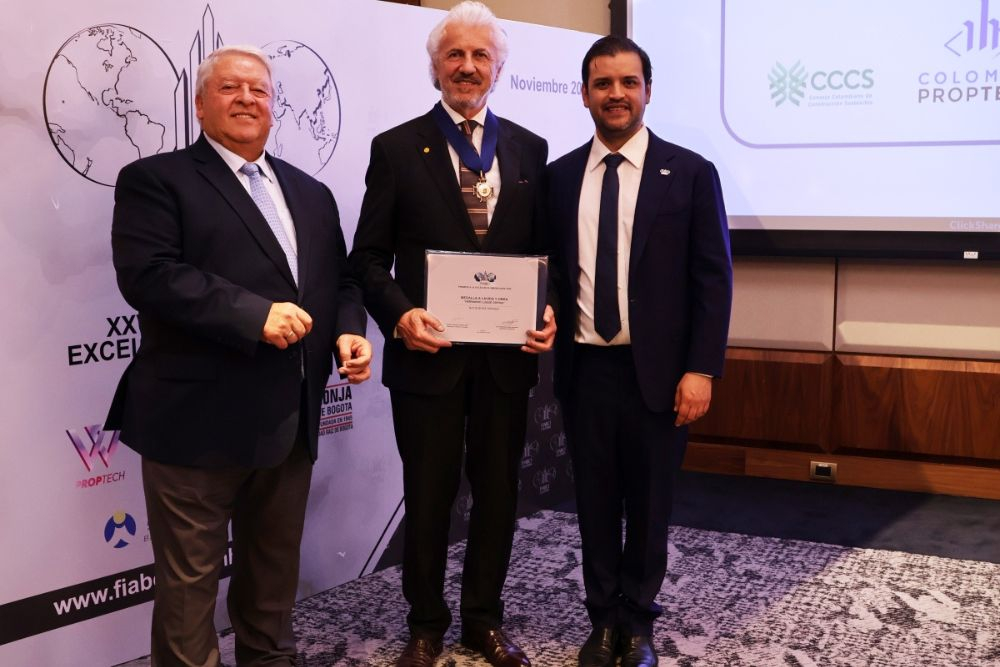
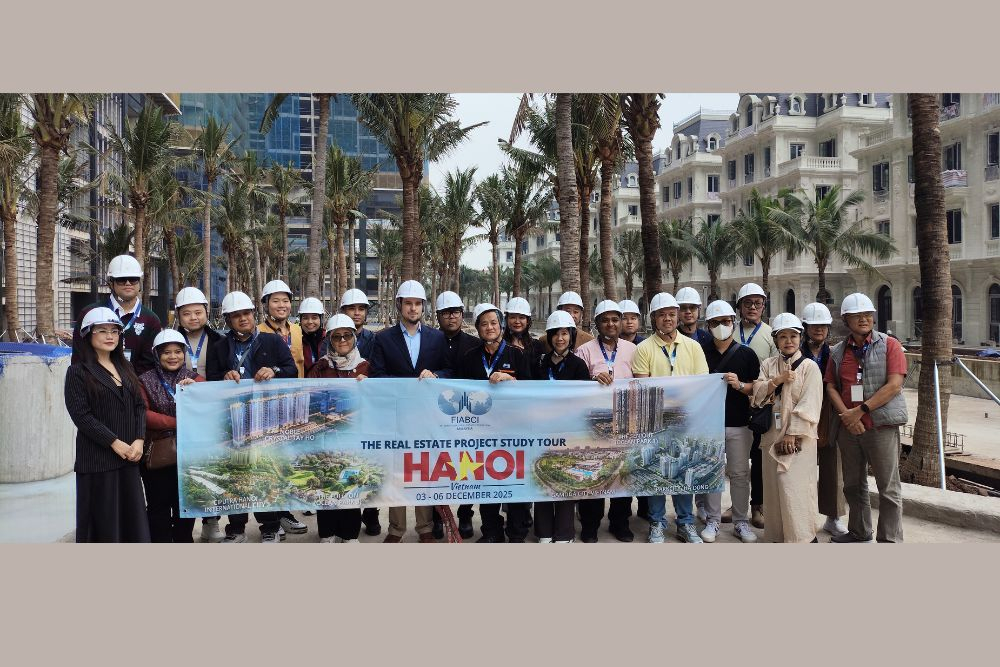


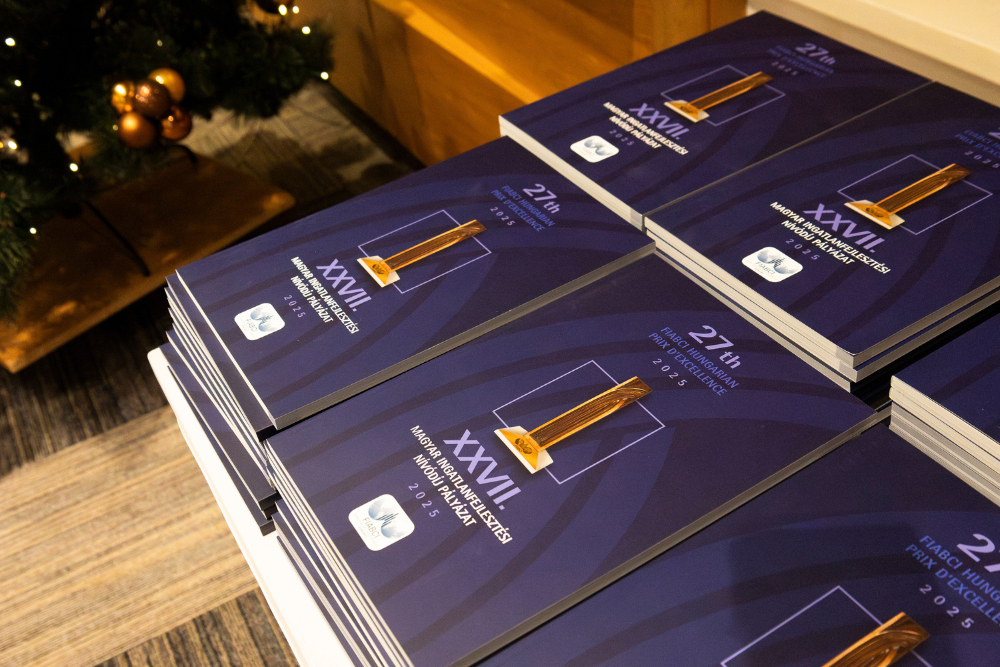
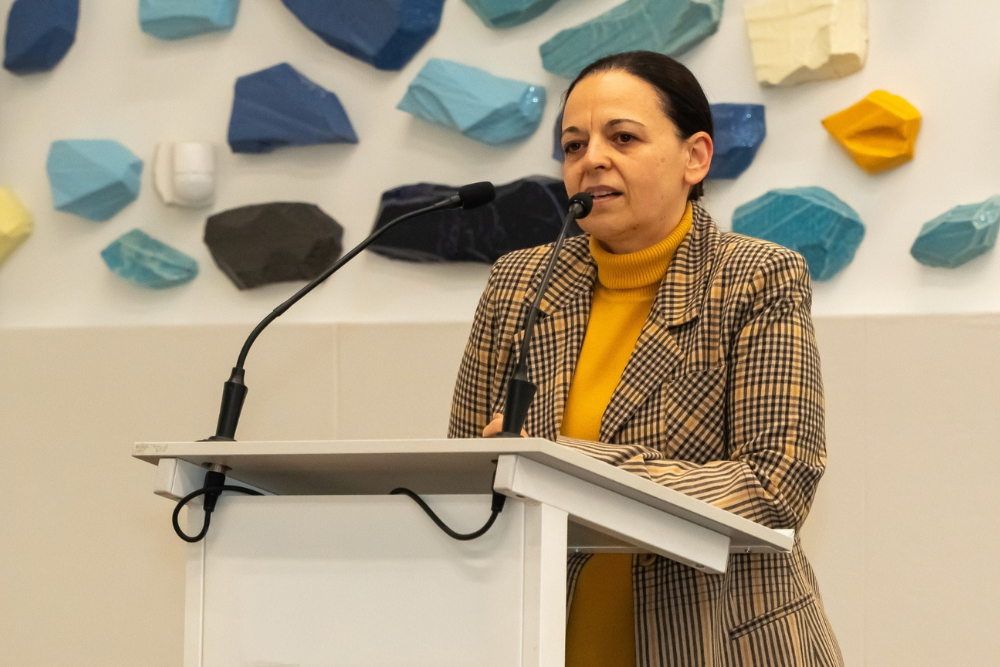

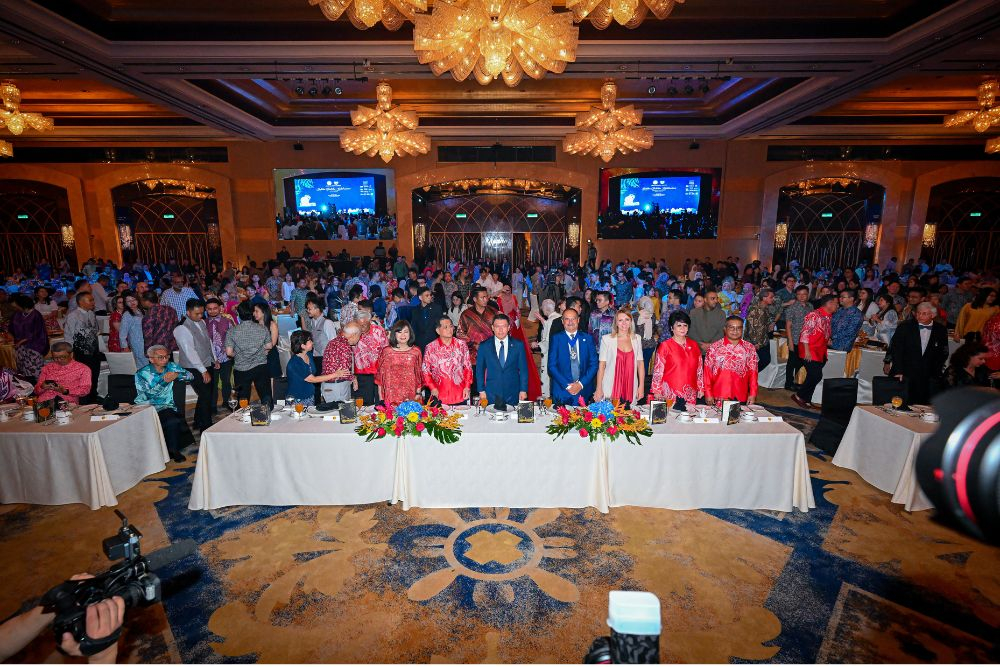
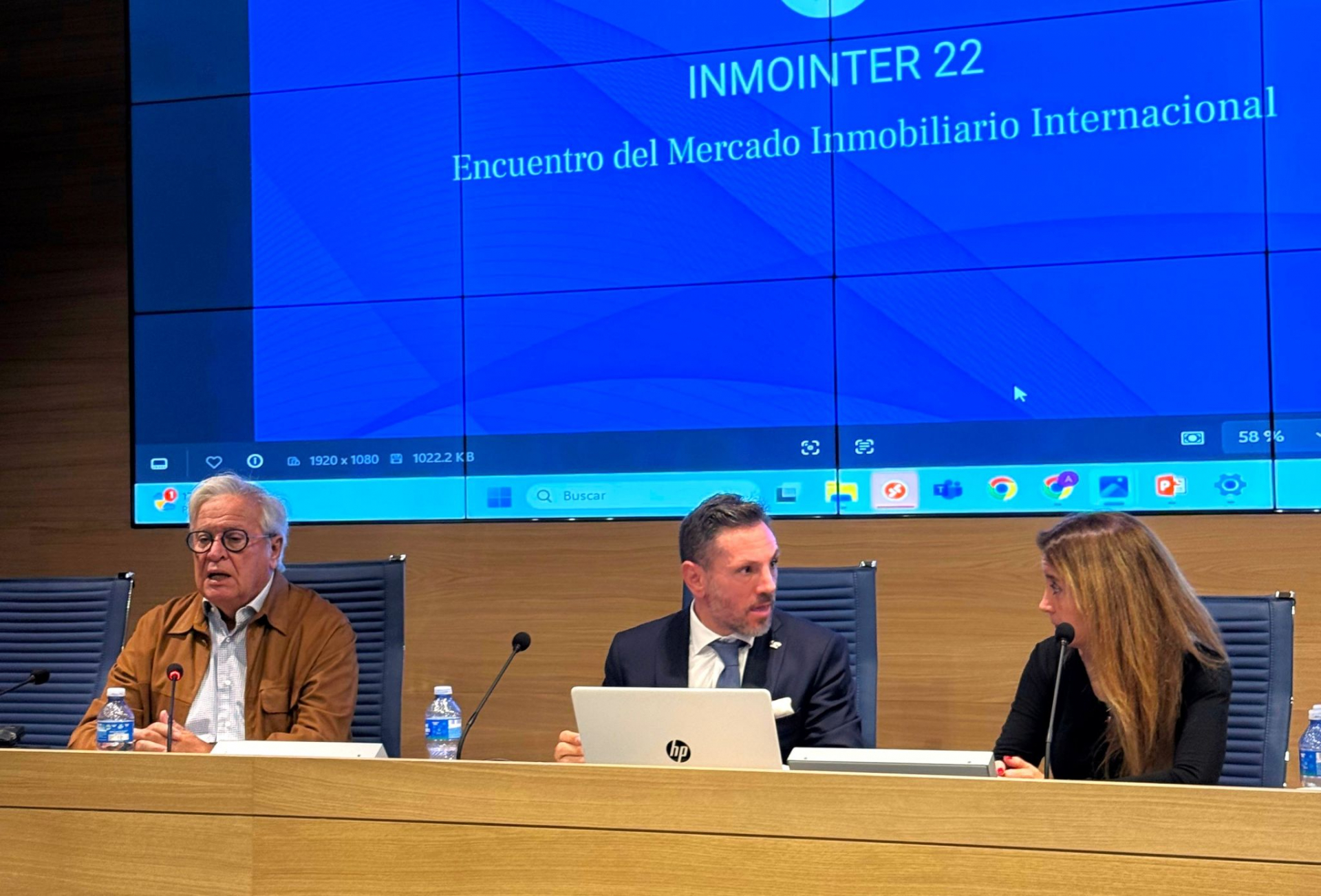

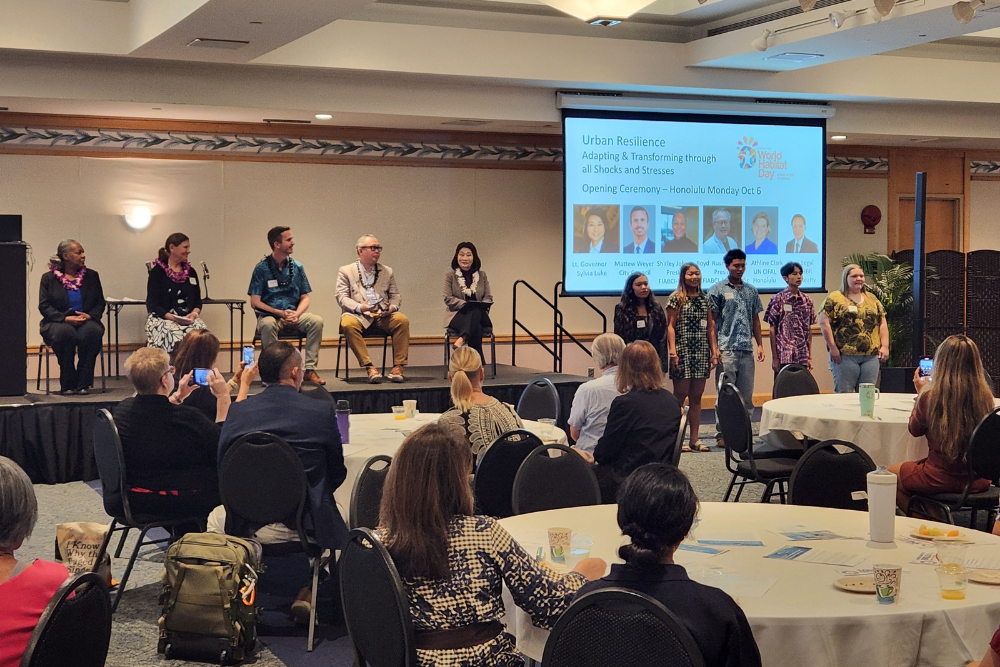







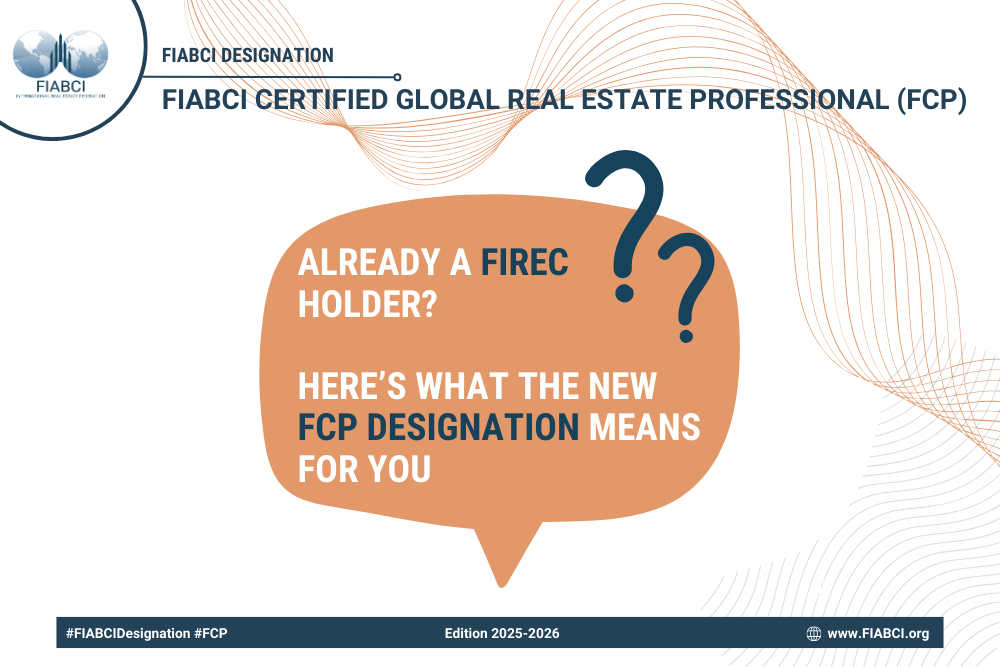






















































































































































































































































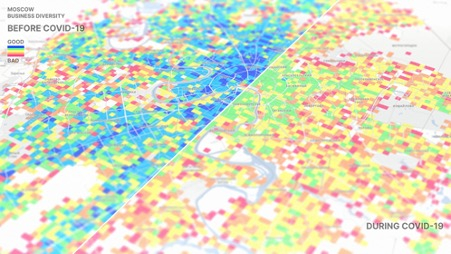












































































![[Webinar Summary] COVID-19: What lies ahead for the Real Estate Industry?](/uploads/news/9i1w05plq2ksbcswuyj5ze2nr.png)































































































